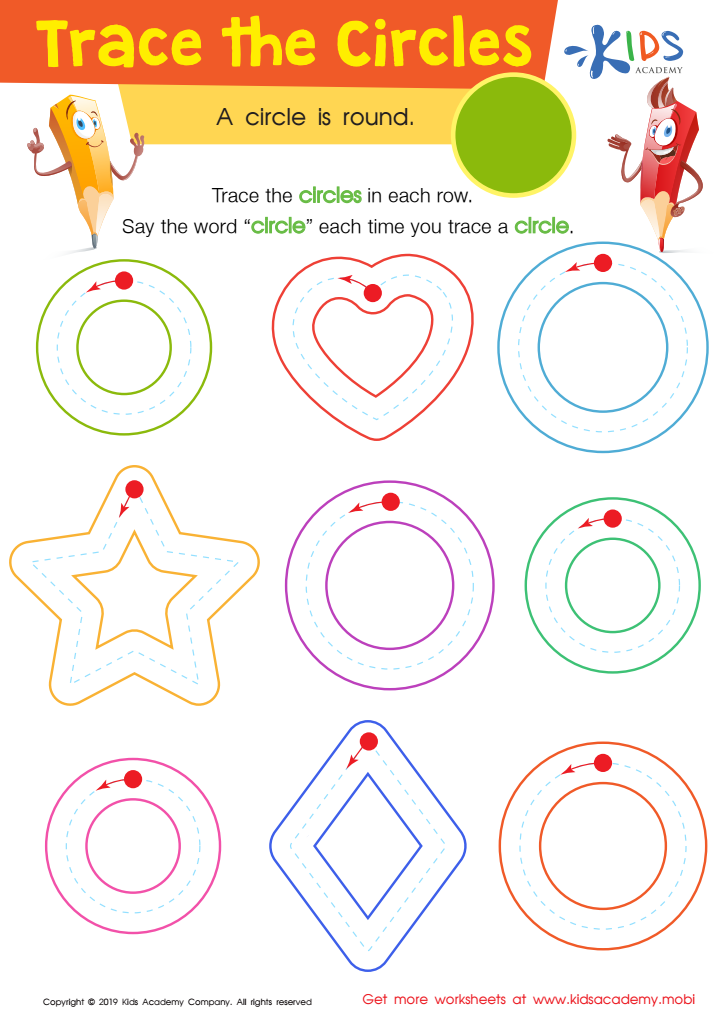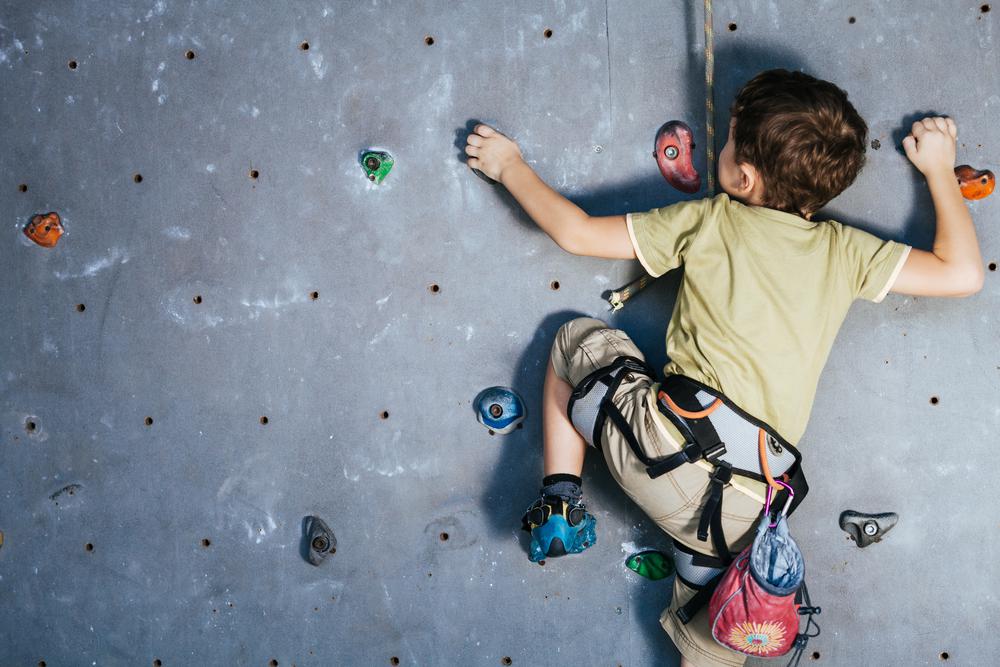Shape identification (circles) Worksheets for Kids
1 filtered results
-
From - To


Trace The Circles Worksheet
Question/Answer
How to train the Shape identification (circles) skill in Preschool students learning about Tracing Shapes?
To train preschool students in identifying and tracing circles, start with hands-on activities like drawing circles in sand or tracing them on paper. Encourage recognizing and touching circular objects. Use worksheets with various shapes, focusing on identifying and coloring circles. Lastly, incorporate fun games that include spotting and tracing circles, enhancing engagement and reinforcing learning through play.
Why is the Shape identification (circles) skill important for Preschool students?
Shape identification, particularly circles, is crucial for preschool students as it lays the groundwork for geometry understanding, helps develop visual and spatial reasoning, and enhances the ability to recognize patterns and similarities. Mastering this skill is also important for everyday tasks, such as sorting and classifying objects, which are foundational for mathematical thinking and problem-solving skills in later life.
What are some effective activities to train students’ Shape identification (circles) skill when teaching them about Tracing Shapes?
For teaching shape identification with a focus on circles, consider these engaging activities: 1. Circle hunts - students find and mark circles in the classroom or on a worksheet. 2. Tracing circles - using templates or objects, students trace circles on paper. 3. Circle stamping - using various round objects, students make circle prints on paper. 4.
 Assign to the classroom
Assign to the classroom












